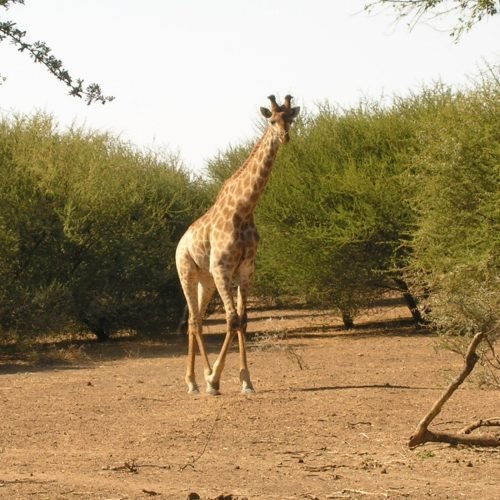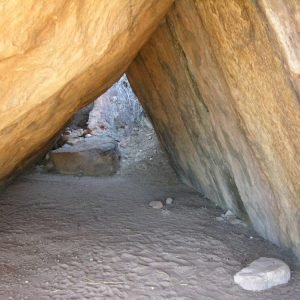The Mapungubwe Cultural Landscape, a UNESCO World Heritage Site, is a region in northern South Africa, bordering Zimbabwe and Botswana. It is an important archaeological and historical site, revealing the history and culture of the ancient kingdom of Mapungubwe.
It's a diverse landscape of hills, valleys and plains, overlooking the confluences of the Limpopo and Shashe rivers. This territory was the cradle of an ancient African civilization that flourished between the 11th and 14th centuries.
The importance of the Mapungubwe Cultural Landscape lies in the unique archaeological discoveries made there. The remains of palaces, royal tombs and precious objects bear witness to the wealth and power of the Mapungubwe kingdom at its height.
Gold, ivory and ceramic objects were found during the excavations, illustrating the artistic skill and commercial exchange that characterized this civilization. These discoveries revealed a sophisticated and complex society, with a hierarchical social system and a prosperous economy.
By visiting the Mapungubwe Cultural Landscape, visitors have the opportunity to discover archaeological sites and delve into the fascinating history of this ancient civilization. Guided tours explore the ruins of the royal palace and burial sites, offering a unique insight into the life and culture of Mapungubwe.
This landscape also offers an abundance of wildlife, with rare species such as elephant, black rhino and a variety of birds. Safaris and excursions are available to discover the surrounding wilderness, adding an extra dimension to a visit to Mapungubwe.
The Mapungubwe Cultural Landscape is a place where history, culture and natural beauty meet. It's a living reminder of Southern Africa's glorious past, and a unique opportunity to appreciate the richness and diversity of this exceptional cultural heritage.





